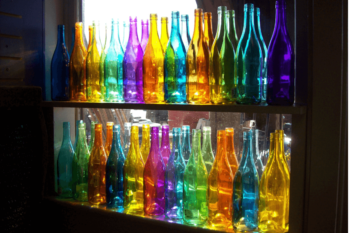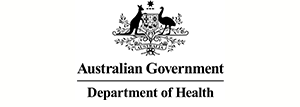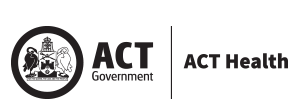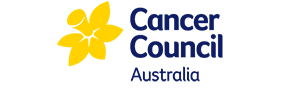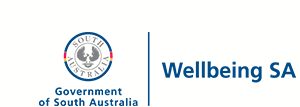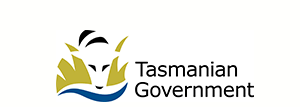Modelling the economic impact of liquor licences on health

Status completed
Start Date
End Date
Alcohol is a harmful, toxic and addictive substance that causes many health conditions and deaths, with more than 4,000 deaths in Australia attributed to alcohol consumption in 2018.
Evidence suggests there may be many benefits to restricting alcohol availability: reductions in the health impact of alcohol, and social effects such as alcohol-related violence, injuries and car crashes. More evidence is needed to support better decision making around liquor licences and alcohol’s impact on health in the community.
About
Economic impact of liquor licences
Project titleWhat is the issue?
Alcohol is a harmful, toxic and addictive substance that causes many health conditions, injuries and deaths. Alcohol use is linked to 29 diseases and injuries, mainly various cancers and transport accidents but also cardiovascular diseases, suicide and self-inflicted injuries. In Australia, 4,090 deaths (4.09% of all deaths) were attributable to alcohol consumption in 2018 and 4.46% of the overall health burden was attributable to alcohol use. This health burden is costly with one study finding alcohol consumption attributable to $18.17 billion of tangible costs in Australia in 2017-18. There is also another $48.7 billion in economic costs when the value of health loss is taken into account.
Australian guidelines on alcohol
The Australian guidelines to reduce health risks from drinking alcohol were released in 2020 by the National Health and Medical Research Council. Based on the latest evidence, the guidelines provide advice on how to keep the risk of harm from alcohol low. They recommend drinking fewer than ten standard drinks a week to reduce the risk of alcohol-related injury and disease. Poll results show 17% of Australians are drinking more than ten standard drinks a week.
The social effects of alcohol
The evidence suggests there are many health, social and other benefits to restricting alcohol availability and access particularly through reducing the number of licensed outlets in an area and restricting the trading hours of licensed venues. Key benefits include reductions in alcohol consumption, alcohol-related violence and assaults, emergency department presentations, as well as injuries and motor vehicle crashes. Despite the large amount of evidence on health and social outcomes there were no economic studies found in the literature relating to alcohol licensing in Australia.
Liquor licences in NSW
As a mandatory stakeholder, NSW Health assesses the health impact of potential licences and makes recommendations to the Liquor Licensing Authority. There is limited economic evidence that local communities and health authorities can use to support their recommendations when responding to new liquor licence applications.
How did the project address the issue?
This project conducted a cost impact analysis of liquor licences in NSW to establish both the unit cost and total cost of alcohol-related harms to a local area. The North Sydney Local Health District together with the Central Coast Local Health District and the Prevention Centre analysed international evidence on the associations between outlet density and harms with NSW-specific data on local area characteristics from national, state or local administrative data, such as the Australian Urban Observatory, NSW Health, Bureau of Crime Statistics and Research, and Liquor and Gaming.
What are the outcomes?
This project developed the Alcohol-Related Harms Costing Model (ARHCM), which enables NSW Health staff to compare costs borne by a particular community (defined by local government area [LGA]) with the purported economic benefits proposed by the new liquor licence.
What is the relevance for policy and practice?
The findings of the analysis will enable NSW Health to compare costs to health at a local level against the economic benefits generated by the existing liquor licences in that community. It is hoped this evidence will strengthen the quality of decisions in responding to liquor licence applications improving health outcomes in the community.
This project was supported by a collaboration of researchers and policy makers from the Prevention Centre, Deakin University, Northern Sydney Local Health District, Central Coast Local Health District and the Centre for Alcohol and Other Drugs, NSW Ministry of Health.
Resources
-
The economic costs of alcohol-related harms in New South Wales: Development of an interactive costing tool
Resource category:Reports
Date -
The value of partnership research to reduce harm from alcohol use
Resource category:Podcasts
Date
People
Lead investigators
-
Paul Crosland Paul Crosland has finished working with the Prevention Centre.
The University of Sydney
Project team
-
Associate Professor Jaithri Ananthapavan
Deakin University -
Mary Rose Angeles Mary Rose Angeles has finished working with the Prevention Centre.
Deakin University

